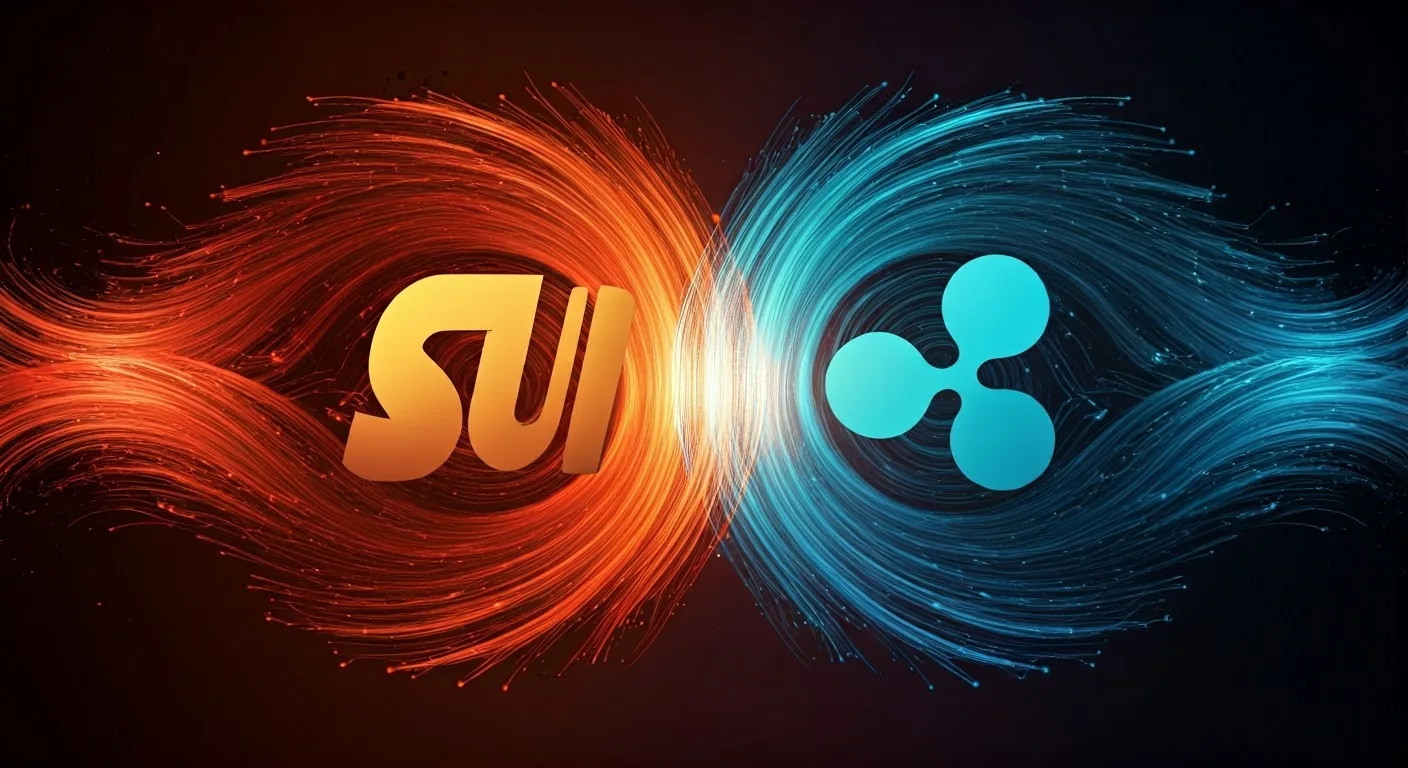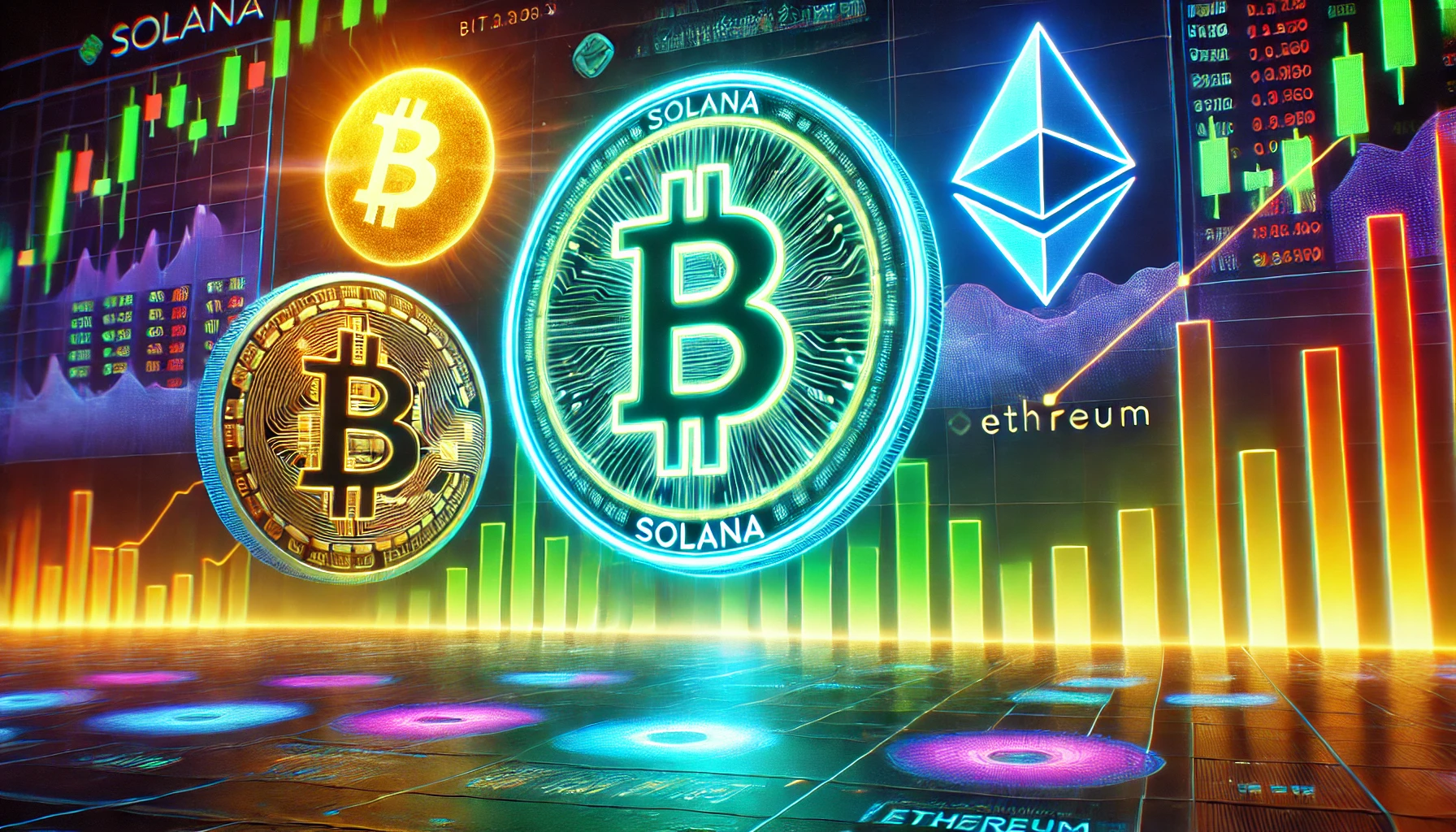Meme Coins: The Good, The Bad, and The Ugly
Meme coins are a unique part of the cryptocurrency world. They take inspiration from internet memes, adding humor and fun to digital assets. With their playful origins and unpredictable paths, meme coins represent the light-hearted nature of internet culture. They provide both entertainment and investment possibilities. One prime example is Dogecoin (DOGE), which started in 2013 as a playful response to the crypto craze. It quickly gained popularity, thanks to its active community and viral presence on platforms like Reddit.
In this article, analysts from FBS financial markets explore the world of meme coins, dividing them into two main categories: “the good” and “the bad and the ugly.” Let’s delve into these categories and see what each one entails.
The Good
Several projects have emerged as significant players in the meme coin arena, showing their reliability and commitment to the meme community. These coins have seen substantial trading volumes, indicating strong interest and activity in the market. While Dogecoin leads the pack with its large market capitalization, other meme coins like Shiba Inu (SHIB), Pepe (PEPE), Floki (FLOKI), and Bonk (BONK) have also made their mark.
Shiba Inu (SHIB) entered the scene in 2020. Unlike Dogecoin, its creator remains anonymous, known only as RYOSHI within the crypto community. SHIB gained significant traction in March 2021 after a tweet from Elon Musk inadvertently boosted its popularity. It quickly rose to become one of the top 20 cryptocurrencies by market capitalization.
Pepe (PEPE), known for its green frog mascot, gained prominence after its reincarnation in April 2023 as a popular meme coin. Despite its tumultuous history, PEPE saw immense growth, with its market capitalization reaching $1 billion within three weeks of launch.
Floki (FLOKI), inspired by Elon Musk’s announcement about his pet Shiba Inu named Floki, has also experienced significant growth, reaching a market value of $1.54 billion.
Bonk (BONK), the first “dog” meme coin on the Solana blockchain, has been actively traded and has sparked activity within the Solana ecosystem.
Despite challenges such as regulatory scrutiny, these meme coins have shown resilience and garnered attention from investors.
The Bad and the Ugly
However, not all meme coins have had a positive trajectory. Some have been involved in scams or faced accusations of fraudulent behavior. WSB Coin (WSB), touted as the official meme coin of Wall Street Bets, faced a scandal when a moderator allegedly dumped tokens on the market shortly after its launch. Similarly, SafeMoon and BULL token have also faced accusations of scams and deceitful practices.
The Future of Meme Coins
Looking ahead, the future of meme coins remains uncertain yet intriguing. Market trends, regulatory changes, and investor sentiment will continue to shape their trajectory. While meme coins offer speculative opportunities, investors must exercise caution and conduct thorough research before investing.
In conclusion, meme coins offer both entertainment and investment potential. While some have shown promise, others have faced challenges. It’s essential for investors to stay informed and approach meme coin investments with caution.





